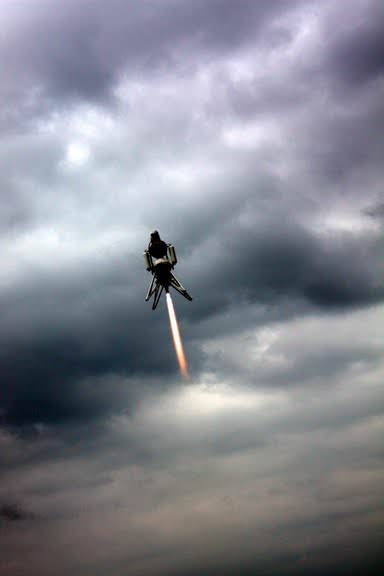[/caption]
Commercial space companies Armadillo Aerospace and Masten Space Systems have been awarded a total of $475,000 to perform test flights of their experimental vehicles near the edge of space. The award is part of NASA’s Commercial Reusable Suborbital Research Program (CRuSR), which seeks to develop commercial reusable transportation to near space for frequent, low-cost trips to near-space for small payloads.
“These two awards are just the beginning of an innovative teaming relationship with industry to provide affordable access to the edge of space while evaluating the microgravity environment for future science and technology experiments,” said NASA Chief Technologist Bobby Braun. “CRuSR represents the sort of government-commercial partnership that will facilitate near-space access at affordable costs.”
The CRuSR awards will fund two flights this fall and one this winter of Armadillo’s Super-Mod vehicle from Spaceport America in New Mexico. The first two flights will be to an altitude of approximately nine miles and the third to approximately 25 miles.
The Masten Space Systems’ Xaero vehicle (a re-aligned version of their Xoie vehicle for better aerodynamics, according to Colin Ake from Masten) will make four flights this winter from the Mojave Spaceport in California. Two flights will reach an altitude of approximately three miles and two others will be to approximately 18 miles, with an engine shutdown during flight.
Near-space is the region of Earth’s atmosphere between 20,000 and 107,000 meters (65,000 and 350,000 feet).
NASA’s proposed budget for FY 2011 has funds for the CRuSR program that will both go to universities and other research institutions to build science and education payloads, as well as being used to purchase flights on commercial suborbital vehicles. However, the total amount available for the program is yet to be determined by Congress.
Source: NASA

